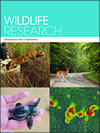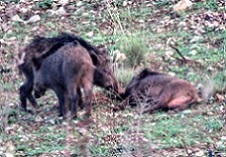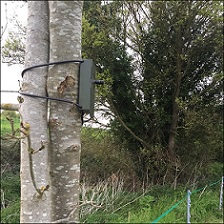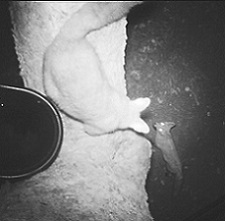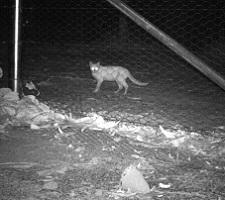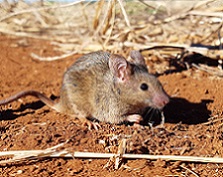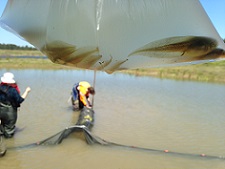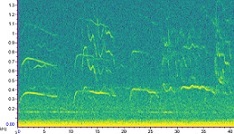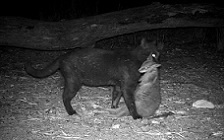WR21057Turning ghosts into dragons: improving camera monitoring outcomes for a cryptic low-density Komodo dragon population in eastern Indonesia

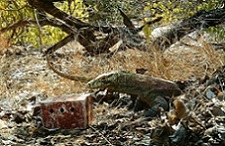
Komodo dragons, as apex predators, face multiple human threats that can affect their populations. However, because this species can be difficult to monitor, it can impede their conservation efforts. We show that bait attractants placed at camera monitoring stations vastly improve Komodo dragon detection probabilities, alongside sampling costs to permit population assessment in key protected areas. Photograph by Achmad Ariefiandy.
WR21057 Abstract | WR21057 Full Text | WR21057PDF (1.3 MB) Open Access Article


